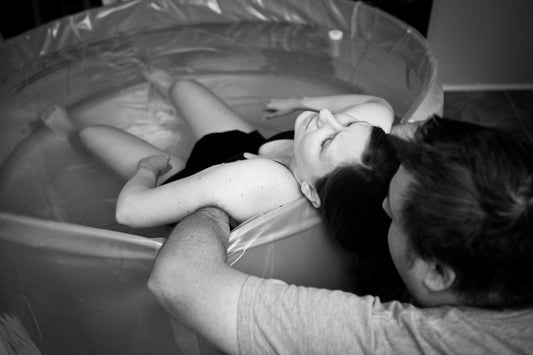More resources
View all-

Hansen's Disease - Leprosy
Patients suffering with leprosy, also known as Hansen’s disease, have endured prejudice and social stigma due to the physical disfigurement and impairment it caused.
Hansen's Disease - Leprosy
Patients suffering with leprosy, also known as Hansen’s disease, have endured prejudice and social stigma due to the physical disfigurement and impairment it caused.
-

Acute Compartment Syndrome
Compartment syndrome is a painful and potentially limb threatening medical emergency which requires early diagnosis and management to prevent serious complications.
Acute Compartment Syndrome
Compartment syndrome is a painful and potentially limb threatening medical emergency which requires early diagnosis and management to prevent serious complications.
-

Water Immersion in Labour
This article explores the holistic benefits of water for labour, and demonstrates the principles and considerations of safety for midwives supporting women using water immersion in labour.
Water Immersion in Labour
This article explores the holistic benefits of water for labour, and demonstrates the principles and considerations of safety for midwives supporting women using water immersion in labour.



